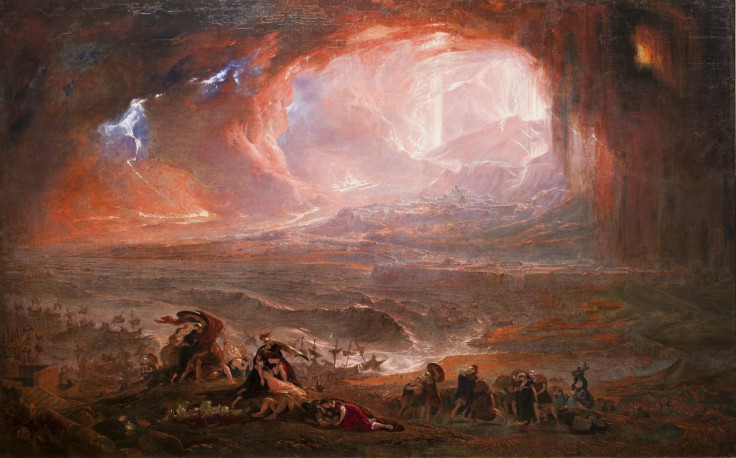Is this the skull of Pliny the Elder, hero of Pompeii?
Italian scientists will put to rest at last the controversy over Pliny the Elder's remains.

Scientists suspect a skull in a Rome museum could be the remains of the famous historian, author and naval commander Pliny the Elder, who died during the eruption of Vesuvius.
Every schoolchild knows that the famous eruption in AD 79 smothered Pompeii, covering a whole city of 20,000 in deadly hot ash before many had time to escape. Vesuvius spewed gas and ash 33 kilometres high into the atmosphere. Millions of tonnes of molten rock and hot ash were expelled every second. In the nearby city at the base of the volcano, about 1,500 people's remains have been preserved out of some 2,000 people who are thought to have died in the eruption.
Researchers in Italy now believe they have found the remains of a man who helped save an estimated 2,000 further people from the eruption. Pliny the Elder, a highly regarded Roman philosopher, used his fleet of ships to ferry people from Pompeii to safety.
Pliny the Elder himself, however, was struck down by a cloud of toxic ash on the beach. His actions were recorded by his nephew, Pliny the Younger, who witnessed the eruption from a distance, and who described the horrific event in a letter to the Roman senator and historian Tacitus.
An excavation in 1900 of Pompeii, led by the Italian engineer Gennaro Matrone, discovered the remains of more than 70 people. One figure was found apart from the rest, with many bracelets, a large gold necklace and rings, one with two lion heads, and gilded ivory and gold shells.
Matrone believed that this was the remains of Pliny the Elder, but his claims were never verified. Archaeologists such as Giuseppe Cosenza, however, argued that a Roman admiral would never have appeared so heavily decorated, like a "ballet dancer".
What is thought to be the skull of this figure is held in a nondescript display at the Museum of the History of the Art of Medicine in Rome. The Italian newspaper La Stampa has brought the remains to the attention of Isolina Marota, an anthropologist at the University of Camerino, who has been working for several years on the remains of the Ice Age hunter known as Ötzi.
The team plans to use stable isotope analysis among other methods to identify the location of origin of the skull. Historian Flavio Russo, who wrote a book for the Italian Defense Ministry on Pliny's mission, is crowdfunding to raise the money necessary to carry out the tests, according to Haaretz.
Stable isotope analysis was very successful in finding the origins of Ötzi, and it's hoped they might work to determine whether this skeleton is indeed that of Pliny the Elder. Another method Marota suggests is measuring the shape of the jaw and head to compare with busts of Pliny the Elder made in his day.
"Considering the importance of the findings, our university has the utmost readiness to start a research project on it, perhaps in collaboration with specialised scholars and archaeologists and with the experts responsible for managing the Pompei site," Marota told La Stampa.

© Copyright IBTimes 2025. All rights reserved.






















